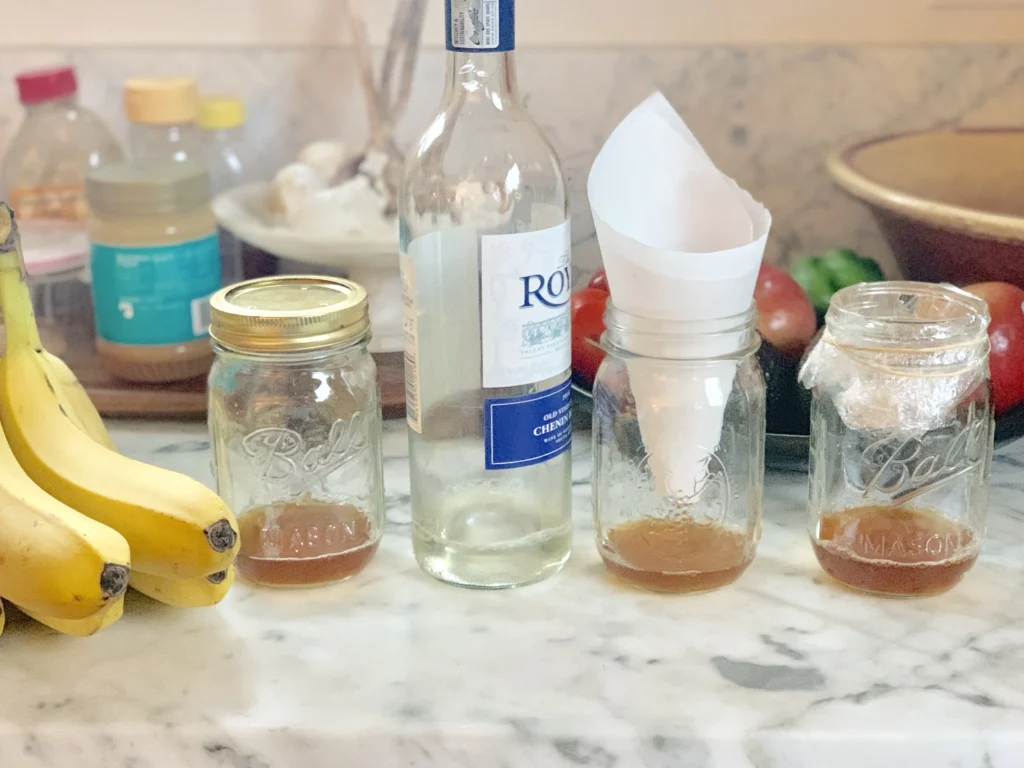
Fruit flies can quickly become an annoying presence in your kitchen. These tiny pests multiply rapidly and are drawn to ripe or decaying produce and other organic materials. With their quick reproduction cycle, it’s crucial to adopt a strategic approach to eliminate them. This guide provides practical steps to banish fruit flies and keep them away for good.
What Attracts Fruit Flies to Your Kitchen?
Fruit flies are small insects that gravitate toward fermenting foods, sugary residues, and moist environments. A single female fruit fly can lay up to 500 eggs on surfaces like ripe fruits, drains, or garbage disposals. This makes their population surge in no time if left unchecked.
Common Sources of Attraction in the Kitchen
- Overripe or rotting fruits and vegetables.
- Unwashed dishes or leftover food scraps in the sink.
- Sticky spills on countertops or floors.
- Open bottles or cans of sugary beverages.
- Moisture in garbage disposals, drains, and trash bins.
Step-by-Step Instructions to Get Rid of Fruit Flies
Identify the Infestation Source
To begin, locate where fruit flies are breeding. Investigate:
- Fruit bowls with ripening or fermenting produce.
- Trash bins and recycling containers that aren’t emptied frequently.
- Sinks and drains with organic residue buildup.
- Forgotten or spoiled food in pantries and cupboards.
Thoroughly clean these areas to eliminate breeding grounds.

:max_bytes(150000):strip_icc()/How-to-prevent-fruit-flies-FT-BLOG0724-7060ee343a7c4676af481177d290e20f.jpg)